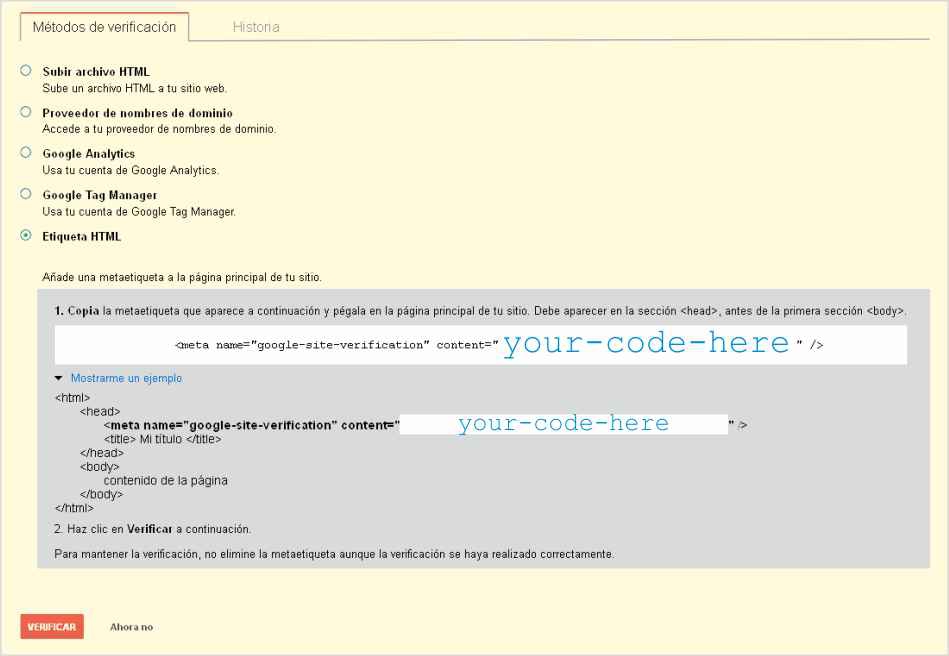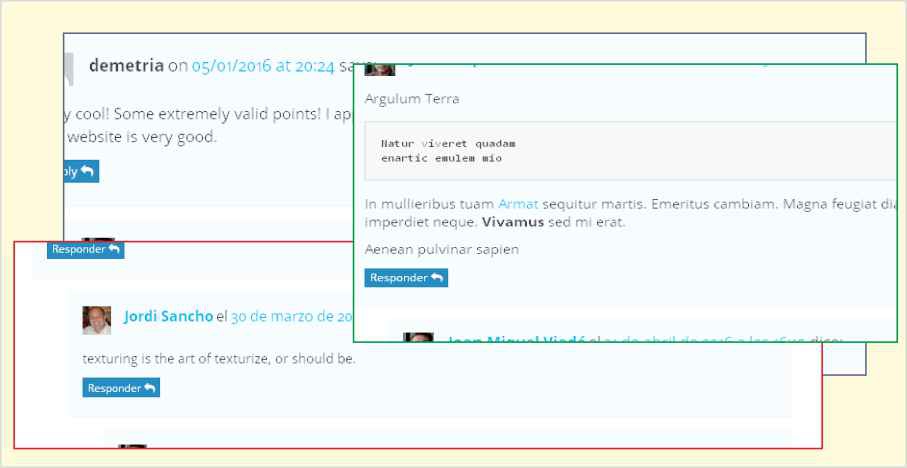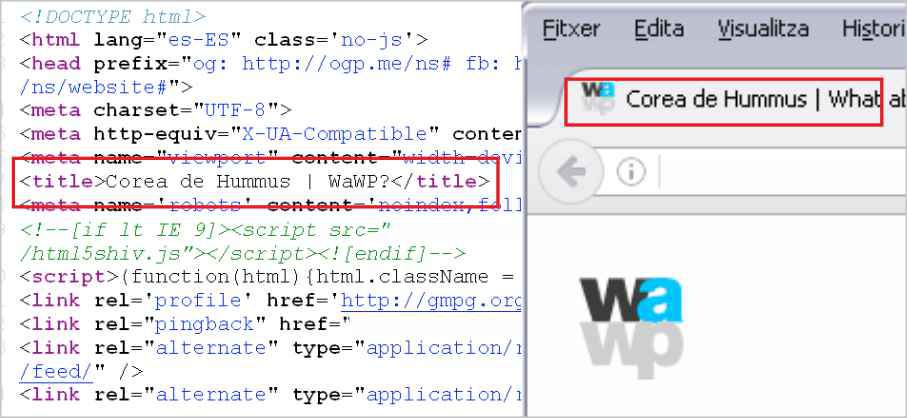How to suppress the emoji module?
As the WordPress documentation says, Emoji are the ideograms or smileys (for example 🙂 ) used in electronic messages and Web pages. Originating in Japan on mobile devices, they are now commonly available on devices worldwide, ranging from mobile to desktop computers
. Emoji are decorative, useful and they can actually make any website more friendly, maybe for this reason, the Emoji module is added as default by WordPress to all Themes but, what can we do if we don’t want to load this module?

The WordPress Emoji module is independent of any theme, and just depends on two files (a little CSS code and a script) that are tipically added to the HTML <head> element. This addition is made through two functions Continue reading…






